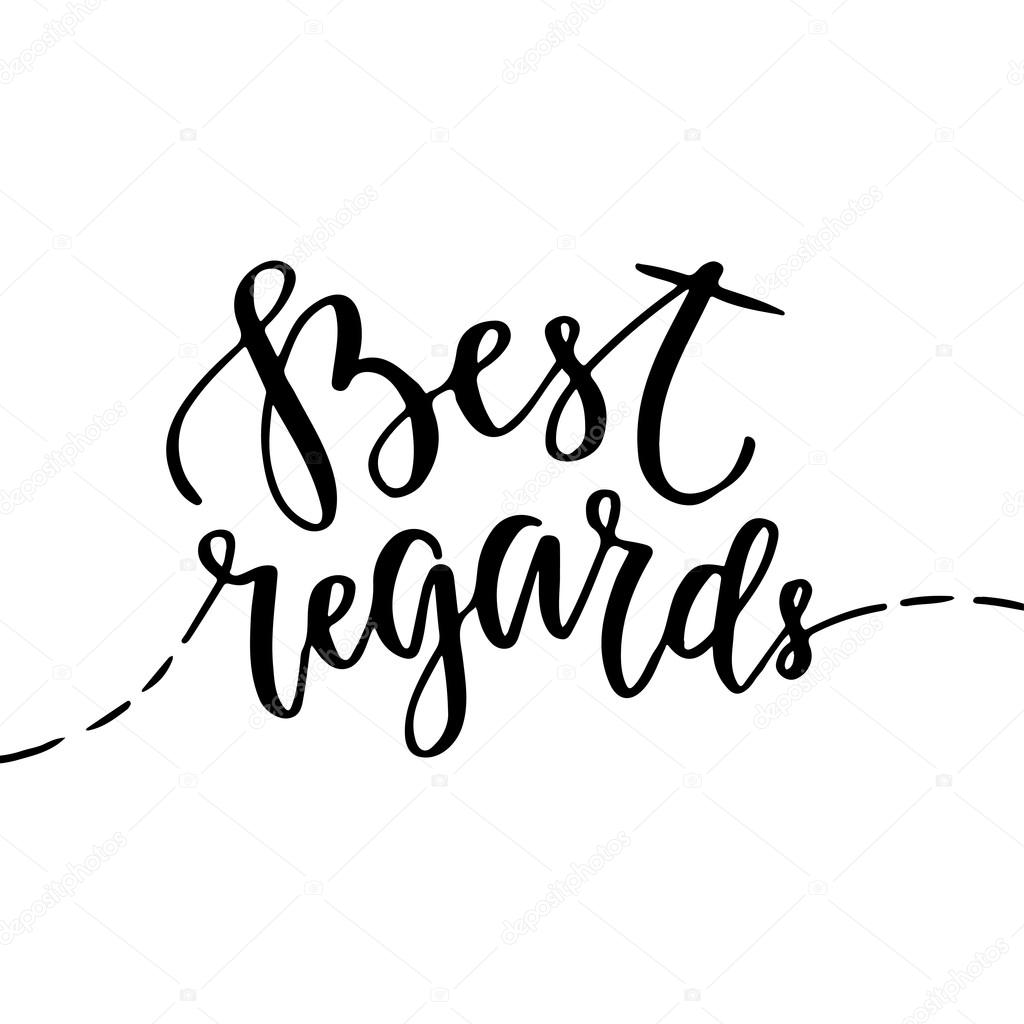

- Thank you and best regards in spanish Patch#
- Thank you and best regards in spanish professional#
Clearly introduce the purpose of your letter in the first paragraph and follow a clear structure in the main paragraphs with good introduction sentences in each. While in some other languages using elaborate and complicated structures shows your intelligence and education, write your English emails in a clear and organized style. When you already have a working relationship, it’s fine to just use their first name (e.g. On the other hand, using extremely formal traditional phrases like “Dear Sir” is increasingly out of date. Use the Right GreetingĪlthough opening an e-mail to your friend with “Hey” is fine, its best not to write a potential business partner that way. If someone asks you to “forward” an email, they mean to send a copy of the email to them using the forward feature, which is sometimes abbreviated as “fw.” 2. In the address section of the email, the “cc” (carbon copy) section sends copies of the email to the people you indicate, while the “bcc” section lets you send copies discreetly – the b stands for “blind” (hidden). “Reply to all” means your email will be sent to everyone who received the originally letter you’re replying too.
Thank you and best regards in spanish Patch#
Our new department will open a patch that we have launched next week hope you come to our entrance party see u soon.Take our short English test to find out. Welcome our new clients, this is the first time you deal with our company Here, we have an email example that shows How and when you can use Kind regards: Here, some situations where you can use Kind regards:Ģ- When you introducing yourself to any mutual friends.ģ- When you are in the early stages of dealing with new clients or new companies.


Thank you and best regards in spanish professional#
Kind regards is a professional way to end any mail. Kind regards is more formal than “ Best regards”. This sign-off is a little more formal than “Best regards,” so it should only be used for the most formal emails otherwise, your recipient may assume you’re always formal, which isn’t the impression you want to make. When you want the recipient to do something for you, “Kind regards” should be used. It can be used when emailing a supervisor or executive in your company to introduce yourself to them. To understand Kind regards meaning, “ Kind regards” is more formal version of “ best regards” that shows respect. Read also: Difference between Kind regards and Yours sincerely If you want to use something instead of “ Best regards” you can choose one from these signs –offs below: Here, the steps that we have discussed it yesterday with the manager that we need to follow it for our new patch that we have launched. Here, there is one mail to show you how you can use * Best regards* When communicating with team members or coworkers. When communicating with a vendor you have worked with in the past. When communicating with a client with whom you’ve developed a working relationship with. When communicating about a project with your supervisor or boss. When reaching out colleagues with your organization. 
When you emailing and existing clients. When you speaking with clients that you have worked them before. When can you use Best regards?īest regards is less formal than Kind regards, it’s a very respectful statement, friendly and safe to use it but it’s for clients who you are familiar with. “Respectfully” or “sincerely” are more formal closings. “Best wishes,” “all the best,” and “warmly” are other similar closings. “Best regards” usually implies that you respect the recipient but don’t necessarily know them well. It’s a semiformal letter closing that can be used for both professional and personal correspondence. When you see the phrase “best regards” near the end of a message, it simply means that the writer wishes you well. To understand Best regards meaning, “Best regards” is a common and friendly email and letter closing. Formal to very casual What does Best regards mean?. Alternatives to Best regards & Kind regards.








 0 kommentar(er)
0 kommentar(er)
